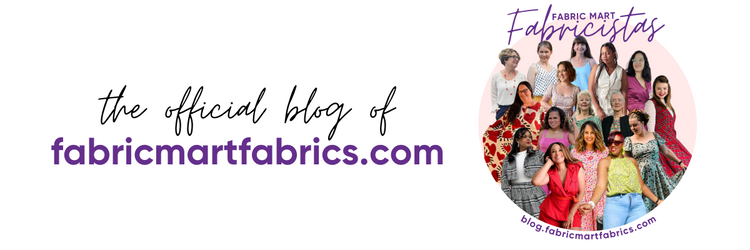I like a zip close pocket every now and then.
And at first I was a bit skeptical about how to do such a thing.
So I put my worries aside and searched the internet for some guidance and I finally found a combination that works for me.
I would love to share it with you so you can make your own professional-looking pockets too!
And at first I was a bit skeptical about how to do such a thing.
So I put my worries aside and searched the internet for some guidance and I finally found a combination that works for me.
I would love to share it with you so you can make your own professional-looking pockets too!
A few things you will need to begin:
- Zipper
- Ruler
- Disappearing ink marker or other marking tool
- Pins
- Iron
- Sharp Pointed Scissor
- and of course, your project.
First measure the zipper you are planning to use.
I used an eleven-inch zipper that was about 12 inches long. (Measure the whole tape!)
From there I know that I have to make an 11" long slit by 1/2" high.
I also know that my pocket has to be at least 12" wide. I typically add an inch to either side of the zipper tape to make it easier to sew around later. So I cut a 14" by 10" pocket for my 18" by 15" tote.
You will need to cut two pieces for your pocket.
Next you are going to mark your fabric.
Begin by laying the pocket face down on your larger piece, right sides together.
About 1.5" - 2" down from the top of your pocket is where you are going to want to place your zipper.
Measure 2" in on either side of the pocket and make a mark, then draw your line.
This line should be the length of the zipper track.
From your marking, measure 1/4" and 1/2" down, mark and draw your lines.
Close your rectangle off and make a mark 1/2" in from either short side.
Connect that mark with your corners to make a triangle.
Your markings should look like the above picture.
From there you are ready to sew!
Sew around the rectangle on the exterior line.
Once it is sewn, cut on the middle line to each triangle point. At the triangle point, cut on the sides of the triangle to the corners.
You will want a sharp pointed scissor to really get into the corners while being careful not to cut the thread.
The closer you get to the corners, the nicer your pocket will look.
Once your slit is cut open, pull your pocket through the cut to the wrong side of your larger piece.
Start at one corner and press so that your seam line frames the rectangle. You want a clean crisp line around the slit.
Press the pocket flat.
It should look like this on the right side of your large piece.
A clean, smooth, slit.
Next you are going to pin in your zipper. Place the zipper tape on the wrong side of the large piece and pin the end of the track at the beginning and ending of the slit. Turn your piece around to the right side and pin the slit to the zipper. You will want to pull in a little when you do this so you will catch the zipper tape when you sew around the slit.
Finally you are ready to sew around your slit. I used about a 1/4" seam allowance.
Before leaving your sewing machine, turn the piece over and make sure you sewed on the zipper tape. If any areas were missing, do some restitching. You don't want a hole left!
You are almost done.
The final step is to take your second piece for the pocket and pin it to the pocket right sides together which you already sewn in with the zipper.
Sew around the pocket and then admire your pocket!
You are finished!
Happy sewing!
- Katie
Please email us if you have any questions with this project, fabric, or project suggestions at


.JPG)








Comments
Post a Comment
Thanks for leaving a comment! All comments are reviewed before posting to help us eliminate spam. Your comment will be posted within 24 hours.